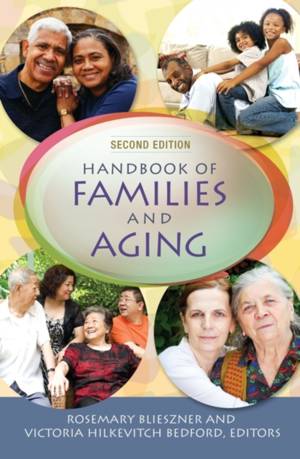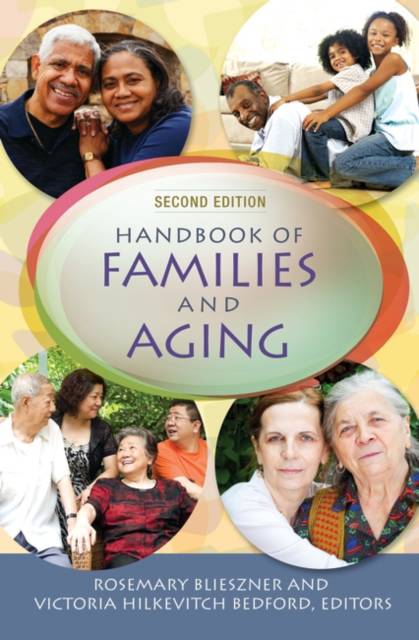
En raison d'une grêve chez bpost, votre commande pourrait être retardée. Vous avez besoin d’un livre rapidement ? Nos magasins vous accueillent à bras ouverts !
- Retrait gratuit dans votre magasin Club
- 7.000.000 titres dans notre catalogue
- Payer en toute sécurité
- Toujours un magasin près de chez vous
En raison de la grêve chez bpost, votre commande pourrait être retardée. Vous avez besoin d’un livre rapidement ? Nos magasins vous accueillent à bras ouverts !
- Retrait gratuit dans votre magasin Club
- 7.000.0000 titres dans notre catalogue
- Payer en toute sécurité
- Toujours un magasin près de chez vous
99,95 €
+ 199 points
Format
Description
This comprehensive, state-of-the-art textbook and reference volume in family gerontology reviews and critiques the recent theoretical, empirical, and methodological literature; identifies future research directions; and makes recommendations for gerontology professionals.
This book is both an updated version of and a complement to the original Handbook of Families and Aging. The many additions include the most recent demographic changes on aging families, new theoretical formulations, innovative research methods, recent legal issues, and death and bereavement, as well as new material on the relationships themselves--sibling, partnered, and intergenerational relationships, for example. Among the brand-new topics in this edition are step-family relationships, aging families and immigration, aging families and 21st-century technology, and peripheral family ties. Unlike the more cursory summaries found in textbooks, the essays within Handbook of Families and Aging, Second Edition provide thoughtful, in-depth coverage of each topic. No other book provides such a comprehensive and timely overview of theory and research on family relationships, the contexts of family life, and major turning points in late-life families. Nevertheless, the contents are written to be engaging and accessible to a broad audience, including advanced undergraduate students, graduate students, researchers, and gerontology practitioners. Serious lay readers will also find this book highly informative about contemporary family issues.Spécifications
Parties prenantes
- Auteur(s) :
- Editeur:
Contenu
- Nombre de pages :
- 632
- Langue:
- Anglais
Caractéristiques
- EAN:
- 9781440828638
- Date de parution :
- 20-09-12
- Format:
- Livre broché
- Format numérique:
- Trade paperback (VS)
- Dimensions :
- 155 mm x 234 mm
- Poids :
- 997 g

Les avis
Nous publions uniquement les avis qui respectent les conditions requises. Consultez nos conditions pour les avis.






